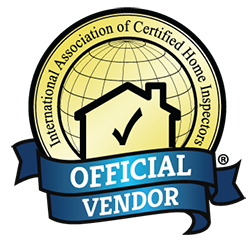Smoke alarms save lives in your properties. The National Fire Protection Association says that having properly installed and working smoke alarms cut the chances of death for those inside a property when a fire breaks out in half. To make sure you’re getting the most out of these life-saving devices, check out the following four smoke alarm safety tips.
Mix up the types
Common smoke alarms come in two formats: ionization and photoelectric. Ionization alarms are usually more responsive to fires with big flames, while photoelectric ones respond more to smoldering fires, which means they are triggered by the smoke these slow-burning fires are giving off at first. The NFPA recommends using both types in your property because there is no way of knowing which type of fire may strike. You can also find models that feature a combination of both alarm types to save yourself some installation and battery-checking and replacement time.
Put your alarms in the right places
Just one alarm for an entire house is pretty insufficient because fires can start anywhere. At the very least, you should have an alarm inside each bedroom and and in one common area, such as the living room, for each level of the property. Follow manufacturer recommendations if you’re having trouble deciding where to put them and how many you need in a given property.
Replace your old alarms
Generally speaking, you’ll want to replace your alarms every ten years. A lot of alarms have their manufacture date on the back, so if you’re not sure, you can check there to see whether you need new alarms. If you can’t find a date and know you didn’t install the alarm recently, your best bet is to replace it. Make sure you follow the manufacturer’s installation instructions for the type of location in which you are putting the alarms.
Consider wireless alarms for older properties
Properties built over the last 20 years or so tend to have hardwired, interconnected alarms with backup batteries, while older properties have battery-operated smoke alarms that are independent. This can create a potential risk. For example, would an occupant on the second floor wake up to an alarm that is sounding in the basement? This is where wireless smoke alarms come to the rescue. Like interconnected alarms, wireless alarms can “speak” to each other, so if one goes off, all of them do.
Make a smoke alarm inspection an annual event so you can make sure the devices are still working. Most alarms have a test feature right on the front, so it’s very easy to do!











